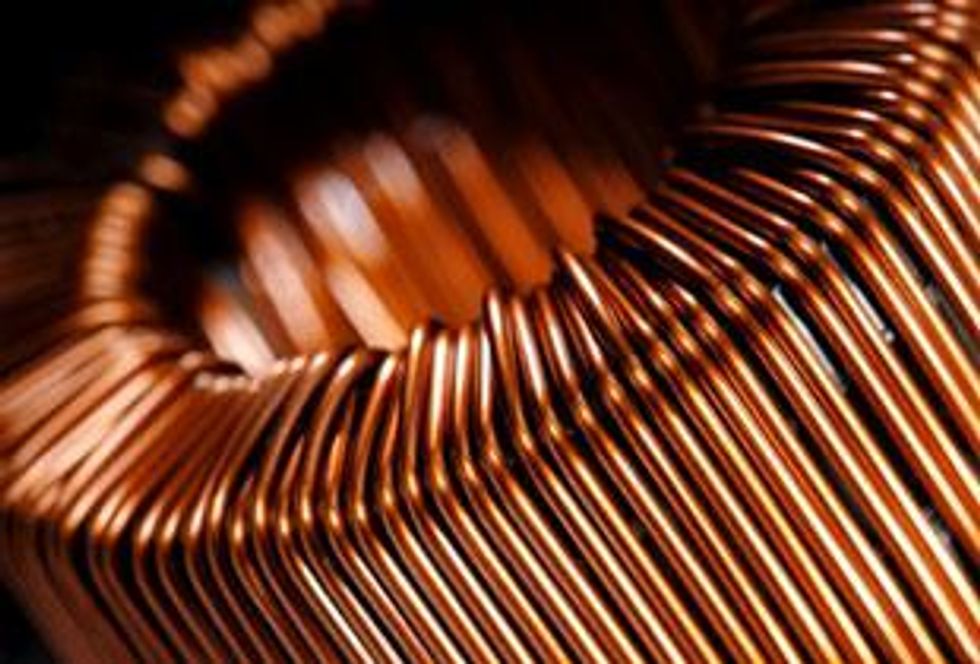In an interview with Resource Investing News, Yu-Dee Chang principal at ACE Investment Strategists Inc. attributed the recent volatility of copper prices to the “shift of investment demand in copper from small speculators to larger hedge funds.”
By Leia Michele Toovey- Exclusive to Copper Investing News
In February, copper rallied to a record high following the recession, but the impetus of the ascent left many analysts questioning the stability of the recovery. Copper has, for the most part, stayed in the range of its recent highs, but prices have been very volatile. The metal’s volatility could be blamed on the bumpy global economic recovery, however, an underlying shift in investment demand is causing a bit of a “shake-up” for the copper market.Copper has long been known for its ability to diagnose the health of the global economy, with such precision that it has earned the nickname of “Dr. Copper”. The reasons behind its namesake are directly related to its end use. Copper is an industrial metal used for infrastructure, wiring, appliances and automobiles. When demand for these products is high, the demand for copper is also high. Favorable copper data suggests that the economy is expanding alongside copper, however, pessimistic data implies the opposite; building and copper demand are both declining.
Price volatility and hedge funds
In an interview with Copper Investing News, Yu-Dee Chang principal at ACE Investment Strategists Inc. attributed the recent volatility of copper prices to the “shift of investment demand in copper from small speculators to larger hedge funds.”
Hedge funds have an active influence on pricing. Likewise, larger hedge funds can subject prices to steep swings. According to Hedge Fund Research Inc., assets held by the hedge fund industry are approaching $2.2 trillion. While hedge funds have had their reach in the copper market for years, larger hedge funds are now overshadowing the smaller speculators who used to be the market’s primary investment participants.
Copper’s rapid recovery from the recession started off as a demand-pushed rally due to an aggressive stockpiling program by top consumer China. As investors focused on China’s seemingly insatiable thirst for copper and a dwindling supply picture, hedge funds built their net-long positions (bets on higher prices), pushing the bull run for copper into full steam.
Fund purchases most definitely played a part in copper’s ascent to a record price but, on the other side of the scale, when funds decrease their long-positions, the price of copper can also spiral downwards. Fund managers use technical data to make purchasing decisions, so their “demand” has a real world correlation. However, the funds still introduce volatility to the copper market.
Investors who hold positions, who don’t physically need the good, can contribute to rapid price swings. This is because these positions can easily be abandoned with little consequence. Furthermore, as the amount of hedge funds with assets tied to copper increases and the small speculators decrease, prices are more likely to swing as hedge fund transactions are typically “large volume.” Exacerbating conditions even further, some hedge funds mimic each other’s behavior. For instance, if fund X knows fund Y has liquidated, and fund Y has been very successful at making investment calls, fund X will follow suit.
There is no doubt that fund interest has boosted copper’s price and contributed to the metal’s volatility. There are many examples from just this past spring of how prices fall when funds reduce their net-long positions. However, it is impossible to quantify just how large of an impact the increased fund interest has had on prices. Copper prices are influenced by many other factors, including stockpiles, demand strength, economic sentiment, exchange rates, and speculative interest. However, as long as a fund holds its long positions on copper, prices will stay higher for longer. By the same token, if a fund reduces its long positions, copper prices will experience a rapid downward correction.






